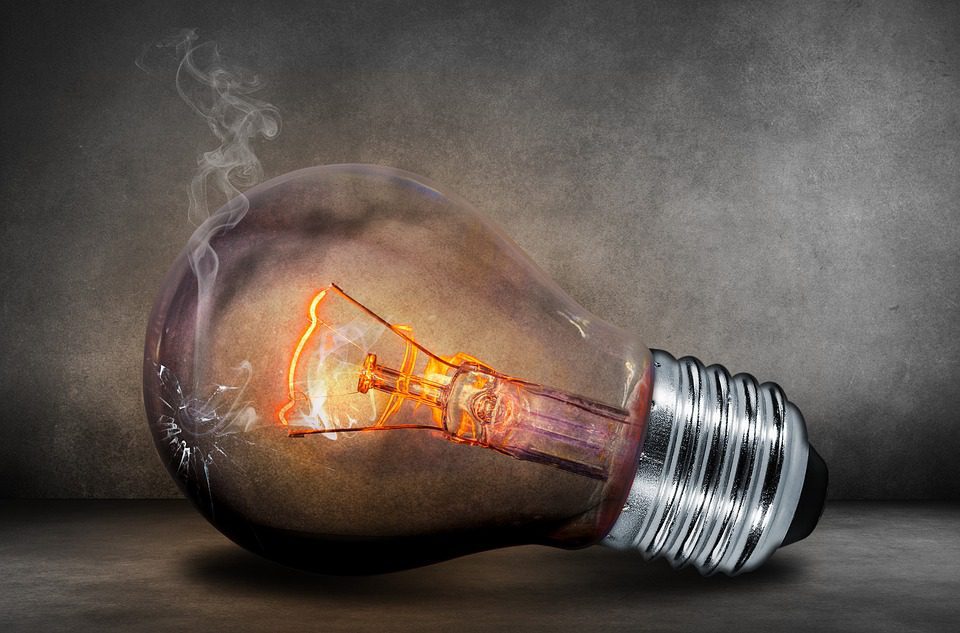John Christie’s electric generator was shown to the world in 2001 – a device capable of generating 24 kilowatts of electricity. In this article, I’m going to tell you about John Christie, the inventor, and how he and his friend, Lou Brits, came up with the generator. I will also explain to you how free electricity works and how you can also generate your own electricity at home as well.
John Christie and Lou Brits
Australian mechanical engineer, John Christie, and his electrician friend, Lou Brits, worked hard during the 1990s to come up with their own version of the magneto generator. In 2001, they released it to the public as the Lutec 1000, a device capable of generating 24 kilowatts of electricity (enough to power a few homes).
The main notion at the time was that the Lutec 1000 was “the first free energy machine ever to be brought to the commercial stage anywhere in the world”. Perhaps this is an exaggeration, although the device works, it has not been fully tested and developed to the point where you can buy one off the shelf in the market.
How does “free energy” work?
Part of the problem lies in the name. “Free energy” seems almost impossible to believe, and I prefer to call this concept “zero point” as it is known in physics.
Zero point is an area of physics that has been studied for over a hundred years. Nikola Tesla, the man some call the “grandfather of electricity,” devoted half his life to studying the zero point. He even published his works and they were very well received. Unfortunately, his legacy did not survive in this region after his death due to the current commercial interests using their power to bury it.
Zero point talks about getting energy without fuel, from a source not widely recognized in conventional physics. It does this by using strategically placed magnets.
Fast forward about a century later and there has been a resurgence of interest in the field, especially in the last year or two. While Christie & Brits may have been a little premature with their “commercial” release, real working generators are now being built by enthusiasts in their garages, all over the world, numbering somewhere in the tens of thousands and maybe more.
How do you generate your own electricity?
The average home does not need 24 kilowatts. In fact, an easily built for nothing basic engine can generate 7 kilowatts of power which is more than enough for most households.
A basic electric generator is a rotor, some magnets, and some electrical wires. John Christie and Lou Brits made their own version but I suggest you keep things very simple. In fact, I highly recommend spending the nominal amount of about $50 on a good set of plans that will give you step-by-step diagrams and instructions on building your own magnetic motor generator. Or you could try doing it “for free” which would make you spend several months on your engine, while still paying your monthly bill to the power company.
